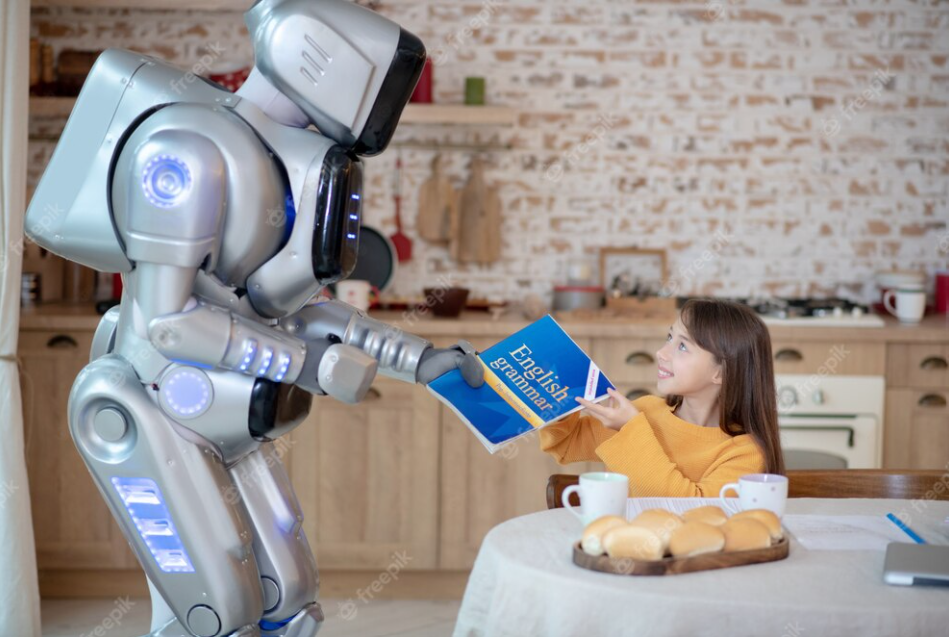Preschoolers Prefer to Learn from a Competent Robot than an Incompetent Human As technology continues to advance, robots are becoming more prevalent in our daily lives. From manufacturing to healthcare, robots are being used to perform tasks that were once reserved for humans. One area where robots are increasingly being used in education. Researchers have found that preschoolers prefer to learn from a competent robot than an incompetent human.
In a study conducted by researchers at the University of Toronto, Canadian preschoolers were presented with a classic trust paradigm. The children were asked to choose between a competent robot and an incompetent human to learn from. The results of the study showed that preschoolers overwhelmingly preferred to learn from a competent robot. The study also included an adapted Naive Biology task to assess the children’s perception of robots. The results of this task showed that the preschoolers viewed robots as being alive and having mental states.
This perception of robots as being alive and having mental states may have contributed to the preschoolers’ preference for learning from the competent robot. The findings of this study have important implications for education. As robots become more prevalent in classrooms, it is important to understand how children perceive and interact with them. The results of this study suggest that preschoolers may be more receptive to learning from robots than from humans in certain situations. One possible explanation for the preschoolers’ preference for learning from the competent robot is that robots are seen as being more objective and consistent than humans. Humans are prone to making mistakes and can be influenced by biases and emotions. Robots, on the other hand, are programmed to be consistent and objective.
This consistency and objectivity may make robots more appealing to preschoolers as a source of information. Another possible explanation for the preschoolers’ preference for learning from the competent robot is that robots are seen as being more engaging and interactive than humans. Robots can be programmed to interact with children in a way that is engaging and entertaining. This can make learning more fun and enjoyable for preschoolers.
The use of robots in education is not without its challenges. One concern is that robots may replace human teachers. While robots can be effective at delivering information, they lack the empathy and emotional intelligence that human teachers possess. Another concern is that robots may reinforce gender stereotypes. Research has shown that children view robots as being male, which may reinforce gender stereotypes and discourage girls from pursuing careers in the fields of science, technology, engineering and mathematics.




















